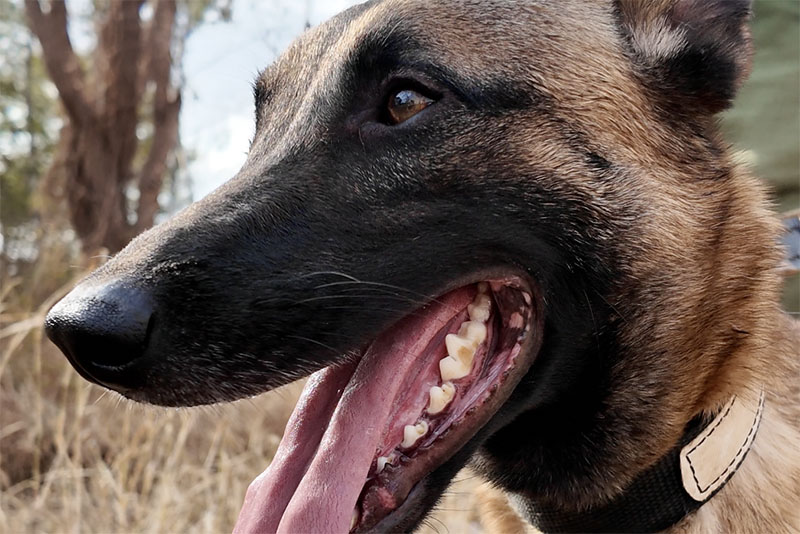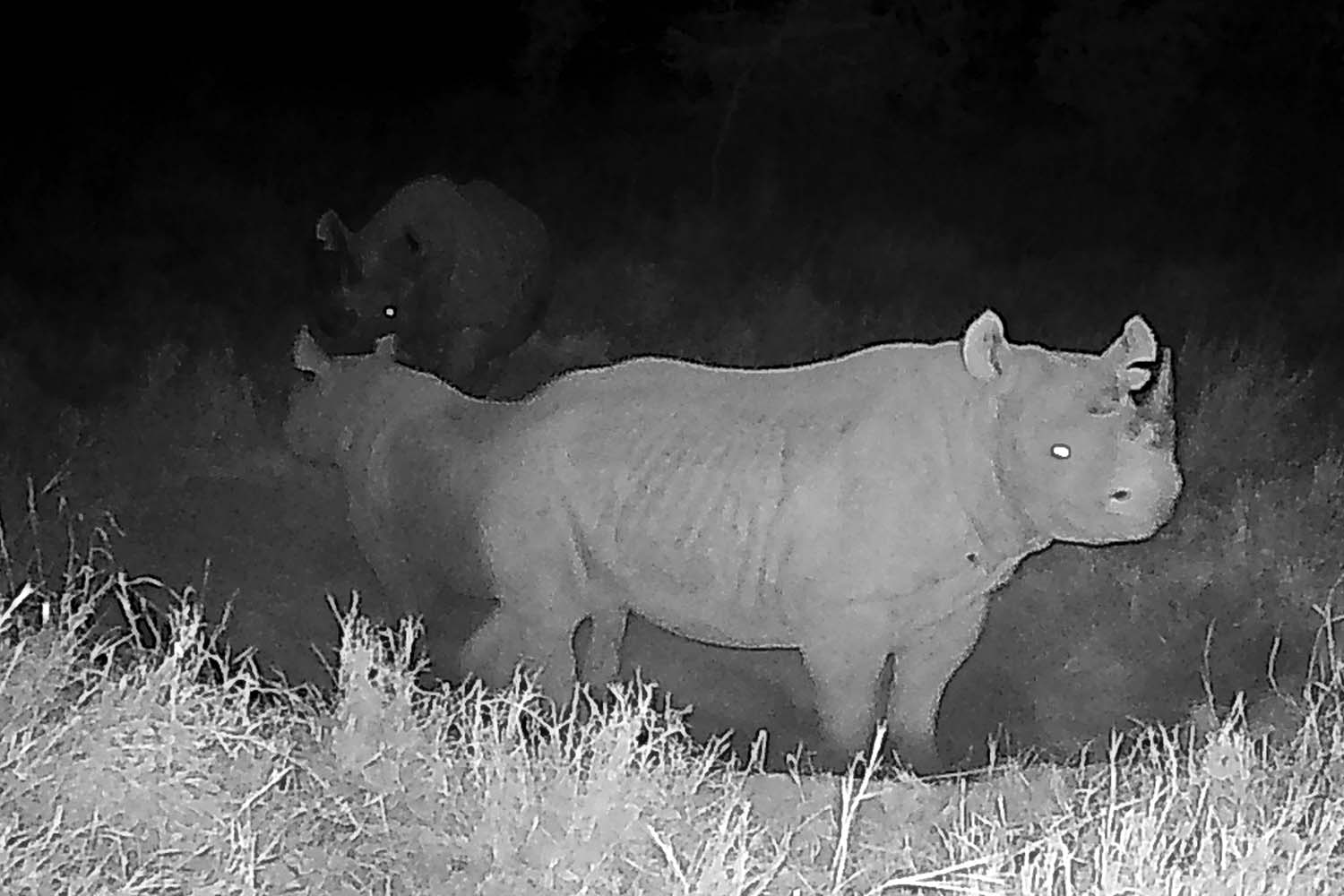
Hidden away in the Chyulu Hills, a small miracle has been growing stronger every day.
In November of 2023, a tiny eastern black rhino calf was born into one of the world’s most endangered populations. Their arrival took the Chyulu rhino population to a total of 8.
We were hesitant to share the news as these rhino calves are especially vulnerable, but nearly two years later, that calf has defied the odds.
There were months of tracking tiny footprints and seeing shadowy glimpses on camera traps. Then weeks, even months would go by without a single sighting. But every time we feared the worst, it would show up again: bigger, healthier, and very much still alive.
We were gifted with another such moment just a few weeks ago, when it was photographed alongside its mother (Nontoyie), healthy and thriving. Given his age and size, and the presence in these photos of the dominant male (Dickson), it’s safe to say this calf will be venturing out on his own soon and will face a whole new host of dangers.
With fewer than 1,000 eastern black rhinos left in the wild, every year of survival is a remarkable victory for the species. It is a testament to the dedication of rangers on the ground, the resilience of local communities, and the collective commitment of people around the world who refuse to let these ancient animals disappear.
This World Rhino Day, we celebrate this calf’s journey as a symbol of hope, and we renew our promise: to protect, to persevere, and to ensure that rhinos will continue to roam these hills for generations to come.
Our rhino protection efforts would not be possible without the Kenya Wildlife Service in the field, as well as our supporters around the world, including: USFWS, Chester Zoo, and Royal African Safaris.
📽️: Joshua Clay

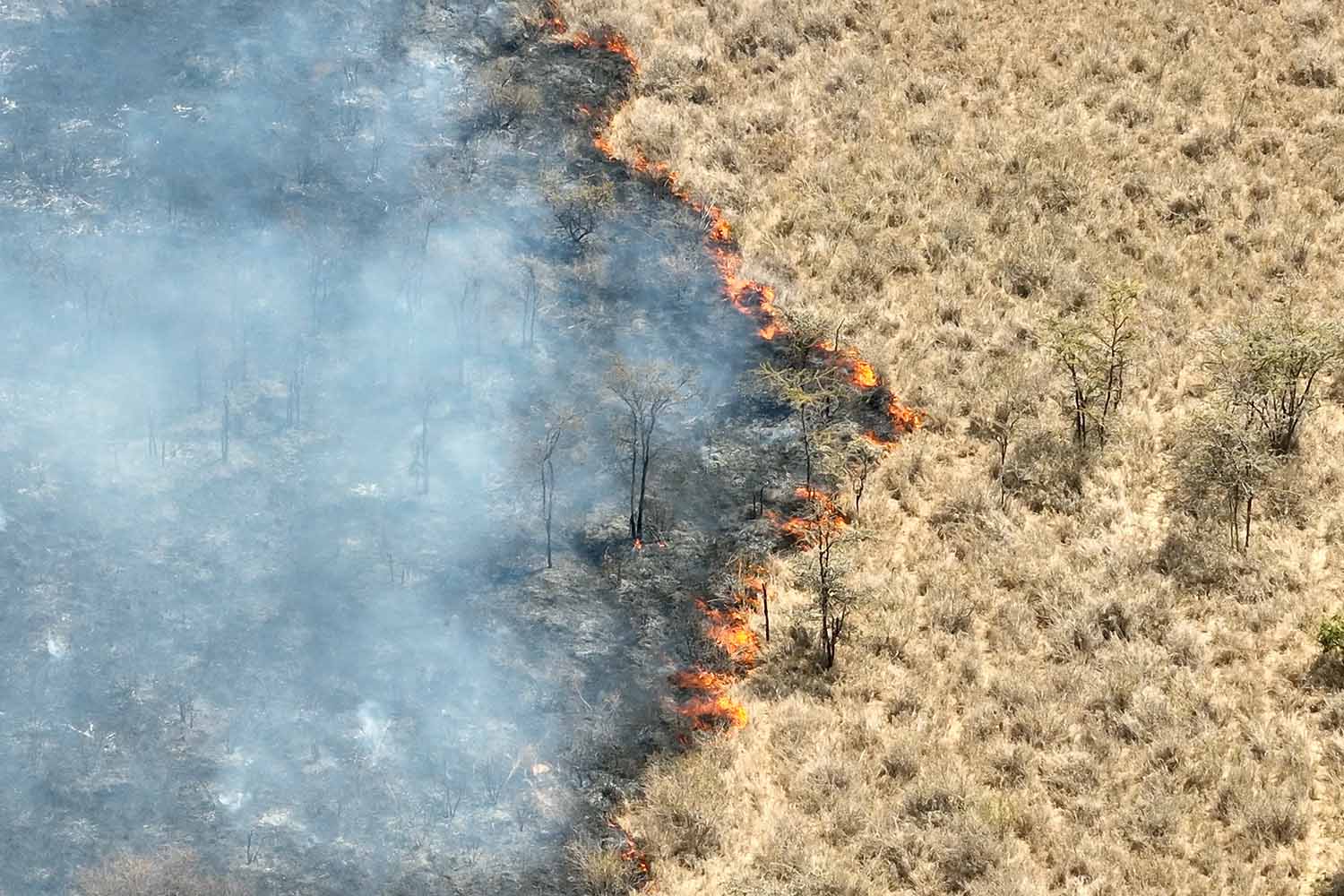
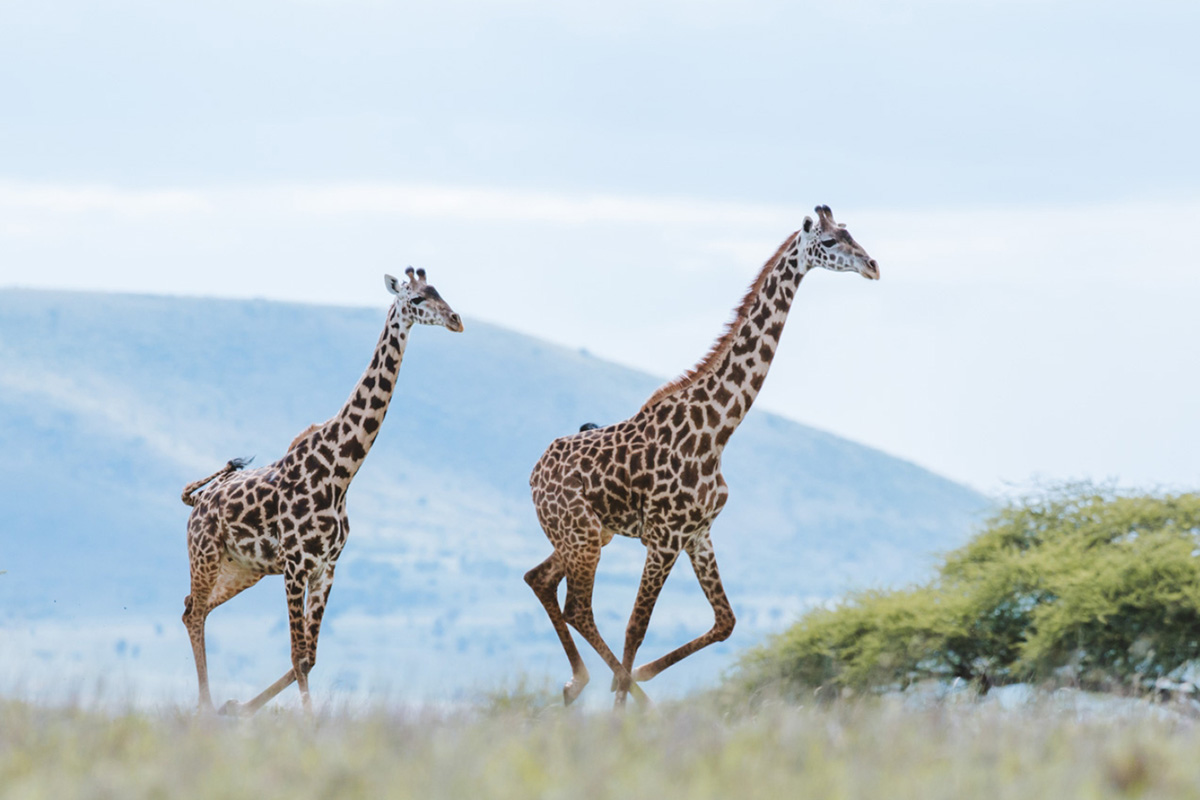
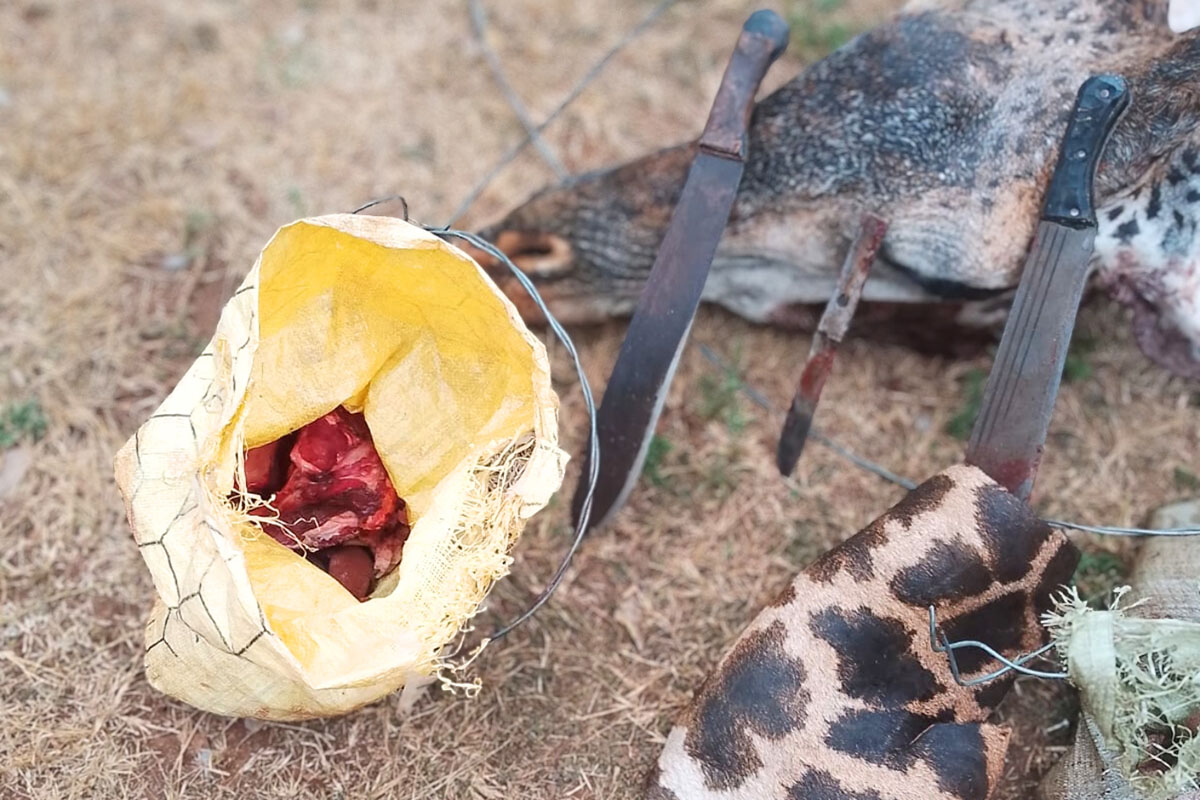 it is important to share it. Because sadly, across much of Kenya, wildlife is still being targeted. We see an uptick in bushmeat pushing during dry seasons such as this, as resources become scarce. Giraffes are targeted due to their immense size.
it is important to share it. Because sadly, across much of Kenya, wildlife is still being targeted. We see an uptick in bushmeat pushing during dry seasons such as this, as resources become scarce. Giraffes are targeted due to their immense size. 